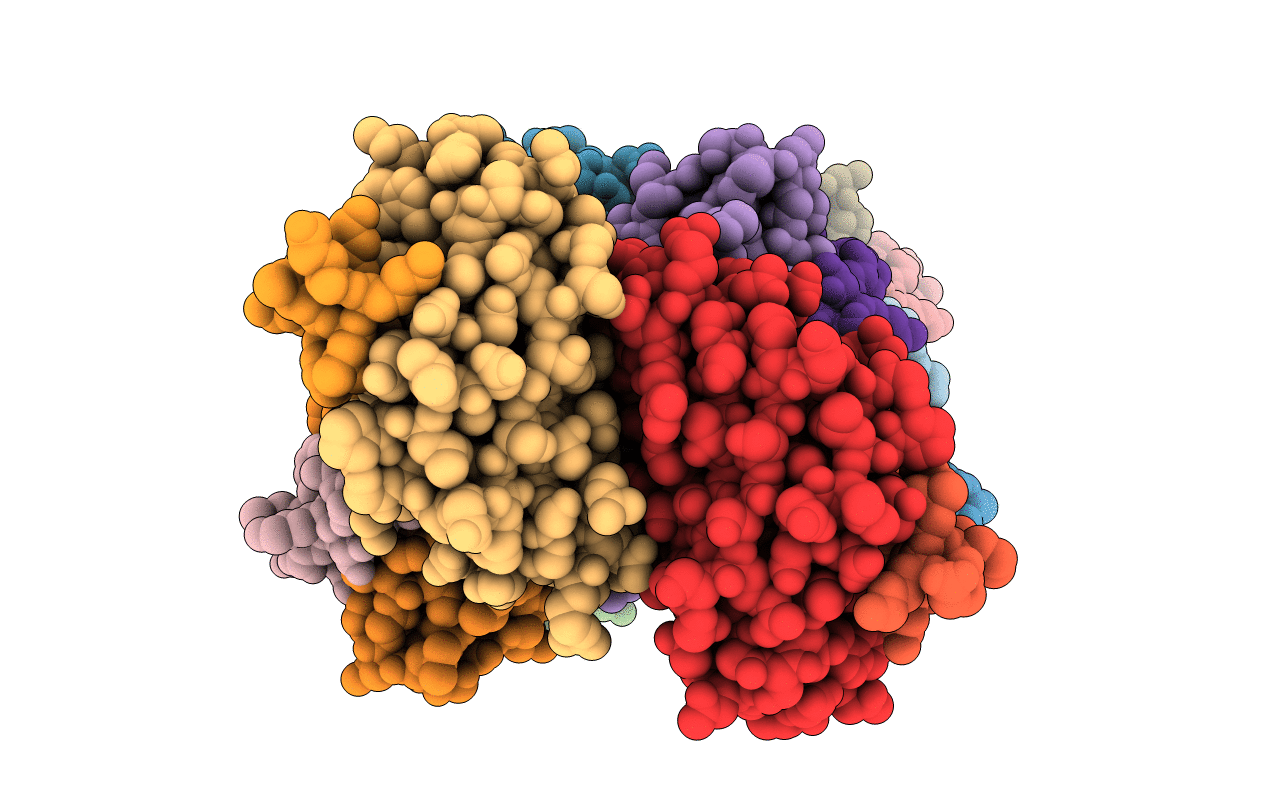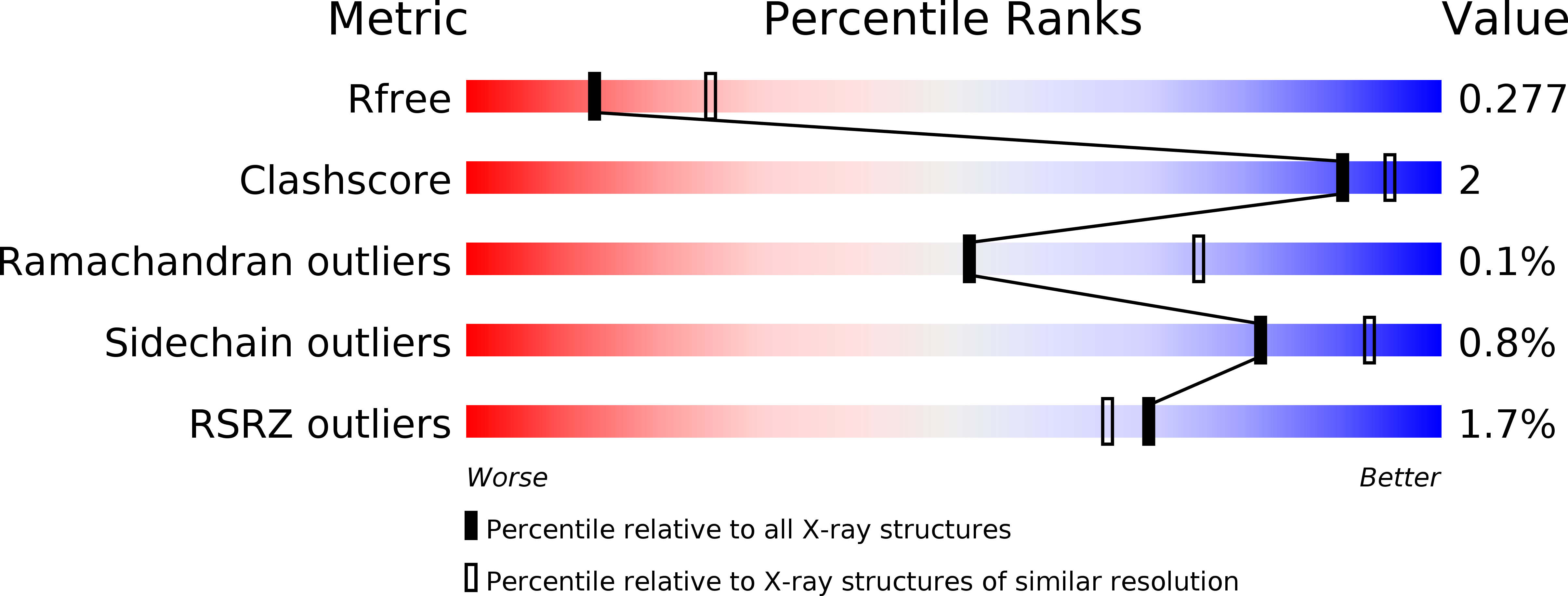
Deposition Date
2010-02-11
Release Date
2011-02-23
Last Version Date
2023-09-06
Entry Detail
PDB ID:
3LRH
Keywords:
Title:
Structure of anti-huntingtin VL domain in complex with huntingtin peptide
Biological Source:
Source Organism:
Homo sapiens (Taxon ID: 9606)
Host Organism:
Method Details:
Experimental Method:
Resolution:
2.60 Å
R-Value Free:
0.27
R-Value Work:
0.21
R-Value Observed:
0.21
Space Group:
P 1 21 1


